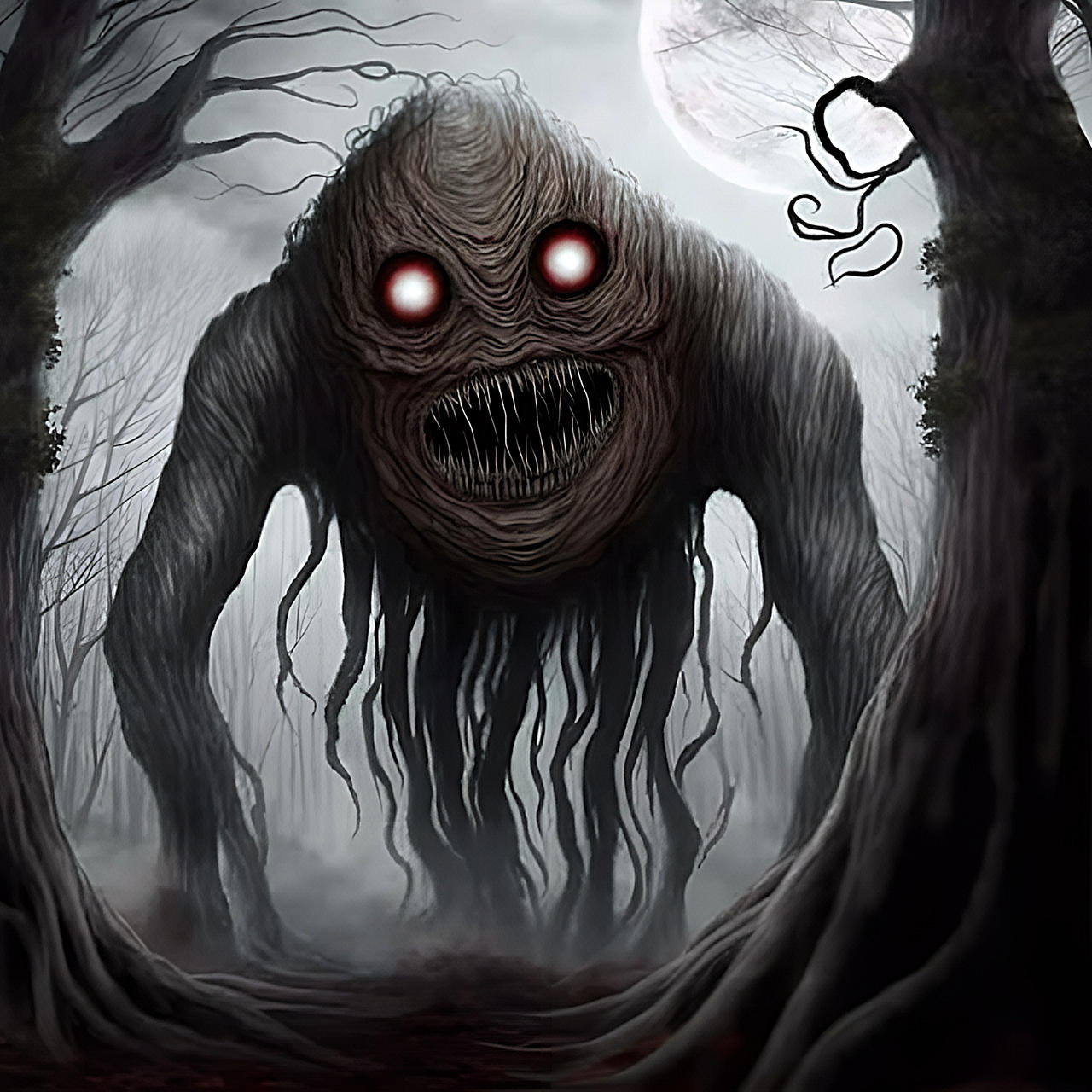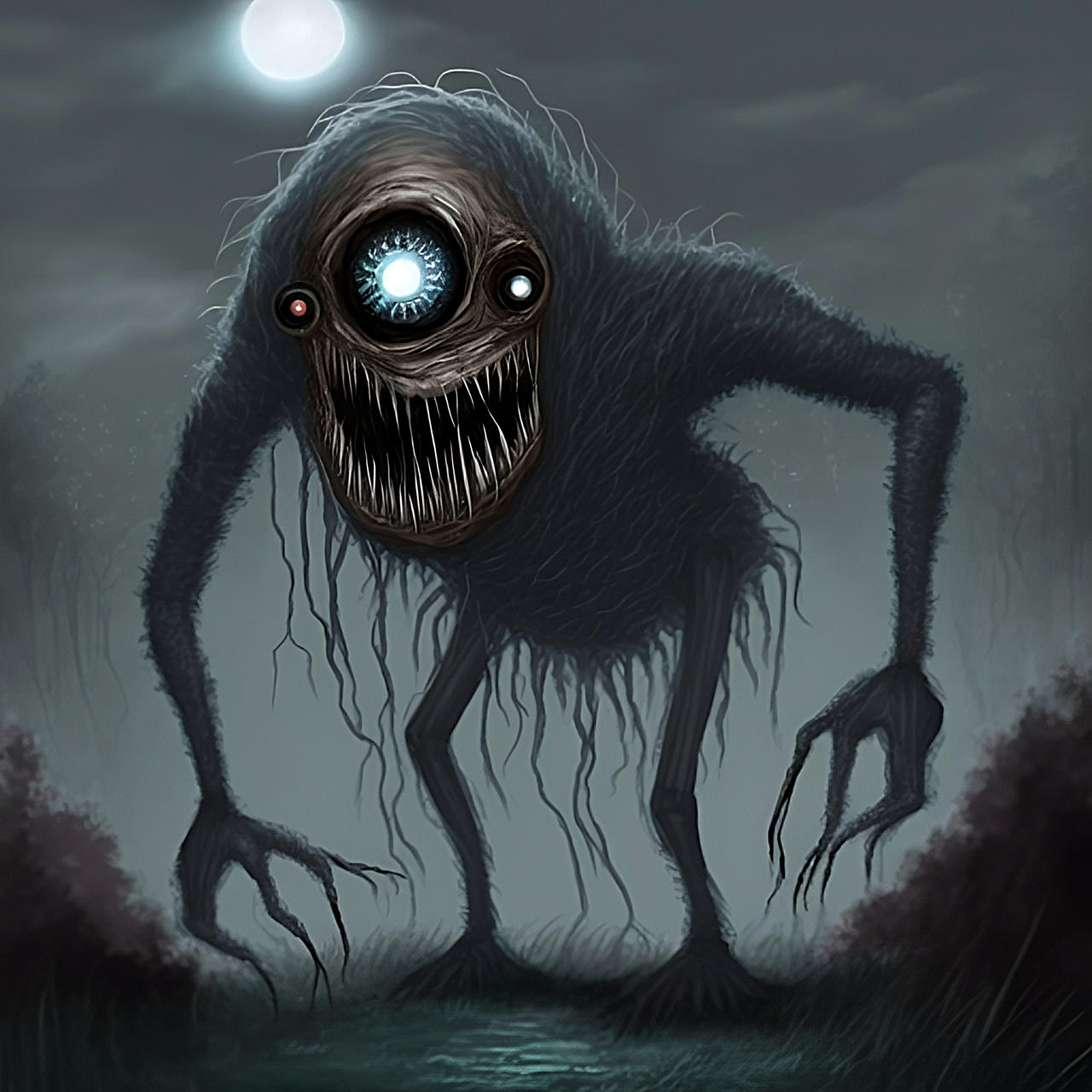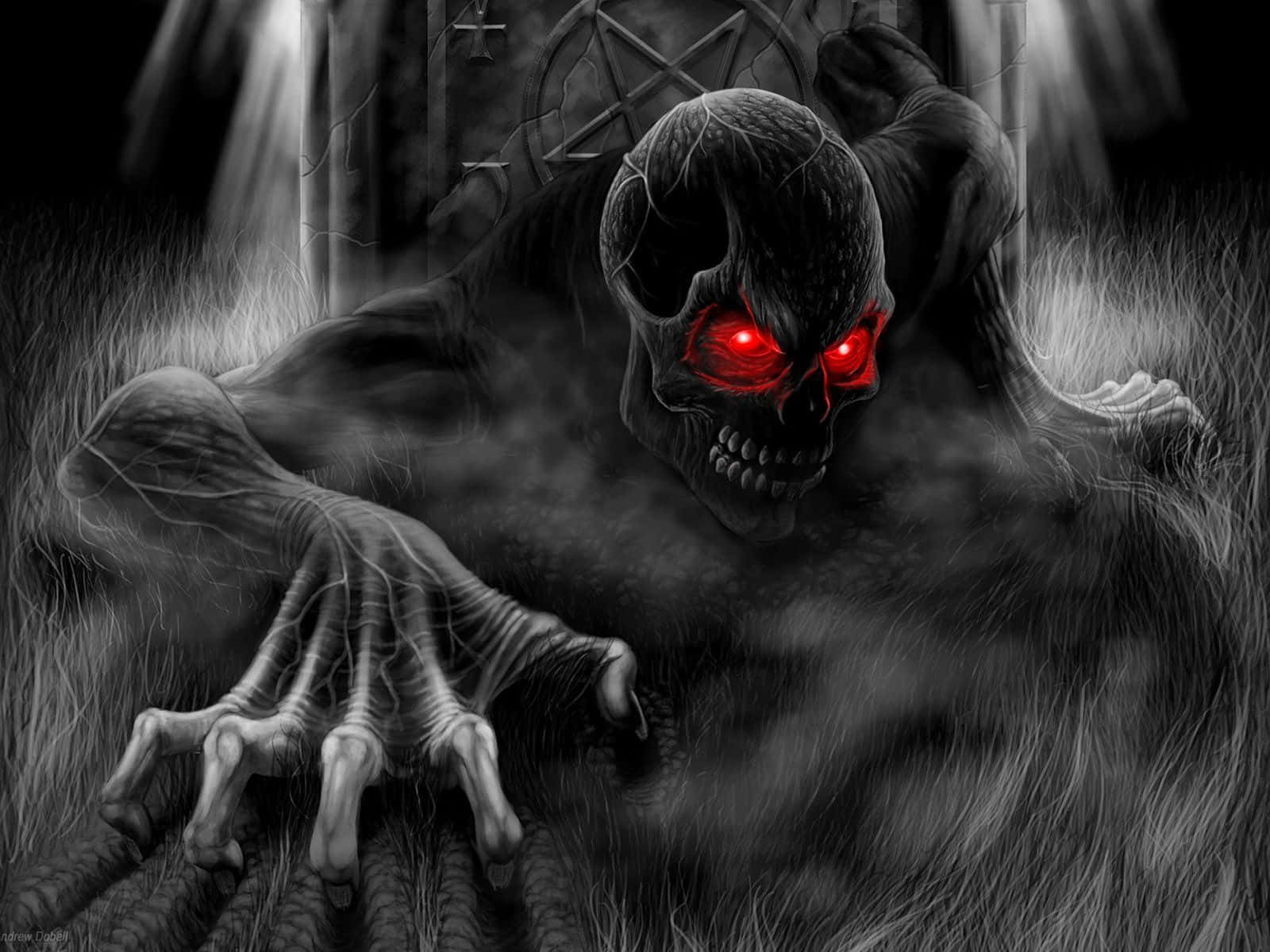Scary Movie Japanese Scene Script - Chilling Moments
There is, you know, something truly special about the way certain films get under your skin, making you feel a deep sense of unease. It's that kind of experience that really sticks with you, long after the screen fades to black, leaving a lingering chill. You might, for example, remember a time when a particular film had you gripping the armrest, your heart thumping like a drum against your ribs. That feeling, that raw, unadorned terror, is what many people chase when they look for a truly unsettling viewing.
This feeling, too it's almost, a shared journey into the unknown, a collective gasp or scream that echoes through a darkened room, whether you are in a cinema or just at home with friends. It's a way, in some respects, for us to face our deeper worries from a safe distance, letting go of all that tension in a burst of shouts or nervous laughter. We often find ourselves drawn to these stories that play on our deepest fears, offering a kind of release as the characters on screen face what we hope we never will. It’s a very interesting connection we have with these stories, isn’t it?
When we think about films that do this particularly well, there is a certain style that often comes to mind, one that has, arguably, carved out a unique spot in the world of unsettling stories. This style, with its quiet dread and sudden, shocking moments, often leaves a profound mark on anyone who experiences it. We are talking, naturally, about the distinct approach found in many of the most memorable Japanese scary movie scenes, where the script often builds a slow, creeping sense of dread before delivering a moment that truly makes you jump, or perhaps, just makes your skin crawl.
Table of Contents
- The Shiver-Inducing Power of Japanese Horror
- What Makes a Scary Movie Japanese Scene Script So Unforgettable?
- Echoes of Dread - How Japanese Horror Changed Things
- Is the Fear in a Scary Movie Japanese Scene Script Different?
- Crafting the Unsettling - Elements in a Scary Movie Japanese Scene Script
- How Do Directors Build Suspense in a Scary Movie Japanese Scene Script?
- Iconic Moments - Scenes That Stay With You
- Can a Scary Movie Japanese Scene Script Still Terrify Us Today?
The Shiver-Inducing Power of Japanese Horror
The impact of Japanese scary movies on how we think about fear, you know, is quite something. For a long time, films from this part of the world have given us a fresh way to feel scared, moving beyond just simple jump scares to something that really messes with your head. They often play on things that are not seen, or things that are just out of reach, making the unknown a much bigger threat than anything you can actually lay eyes on. This approach, you see, tends to leave a much longer-lasting impression, making you think about what you just watched for days or even weeks afterward.
When you consider, for instance, some of the most talked-about scary films, you might notice a pattern where the ones that truly resonate often do so because they build a kind of quiet dread. This is something that Japanese films, in particular, seem to master. They take everyday objects or situations, like a television set or a quiet apartment building, and slowly, almost imperceptibly, turn them into sources of deep unease. It's a very subtle shift, but one that effectively changes your perception of the ordinary, making you question what might be lurking just beneath the surface of your own daily life. This is, in a way, the true art of a well-written scary movie Japanese scene script.
What Makes a Scary Movie Japanese Scene Script So Unforgettable?
What is it, really, about a scary movie Japanese scene script that makes it stick in your mind, often for years? Well, it tends to be a combination of several things that work together to create a feeling of deep discomfort. Unlike some films that rely on loud noises or sudden appearances to make you jump, these scenes often use a more drawn-out method of building tension. They might feature long silences, or perhaps just the sound of something dripping, or a faint, unsettling whisper that you can barely make out. This slow build, you see, allows your own imagination to start filling in the blanks, which can be far more terrifying than anything a filmmaker could show you directly. It's like your mind becomes a partner in the scare, making it all the more personal.
Moreover, the themes explored in many of these scripts often touch on things that are already a bit unsettling in human experience. We are talking about ideas like lingering sadness, or perhaps, the idea of spirits that cannot find peace, or even the fear of technology turning against us, like a cursed television set that brings bad luck. These concepts, you know, are not just about monsters under the bed; they are about deeper, more fundamental anxieties that many people share. So, when a scary movie Japanese scene script brings these ideas to life, it taps into something already present within us, making the fear feel very real and very close.
Echoes of Dread - How Japanese Horror Changed Things
Thinking back to how horror films have developed over time, it's pretty clear that Japanese cinema has, in some respects, played a really big part in shaping what we find scary today. Before, a lot of films might have focused on a creature or a person doing bad things, but the Japanese approach often shifted the focus to something more intangible, something that you could not quite grasp or fight. This change, you know, was a pretty big deal because it opened up new ways to scare an audience, moving from external threats to internal dread, making the fear feel much more personal and inescapable.
Consider, for instance, the way certain films from the early 2000s started to show up, often inspired by these Japanese ideas. They took the concept of a lingering curse or a vengeful spirit and presented it in a way that felt both new and deeply unsettling. The idea of something spreading like a sickness, or a curse being passed on through a simple object, became a powerful tool for generating fear. This was, in a way, a fresh take on what could be considered a monster, moving it from a physical form to something that could infect your mind, or your home, or even your very sense of safety. It really changed the game for how stories of terror were told.
Is the Fear in a Scary Movie Japanese Scene Script Different?
Is the particular kind of fear that you get from a scary movie Japanese scene script truly different from other types of unsettling film moments? Many people would say yes, and for some good reasons. While other films might go for a quick jolt, or perhaps a lot of blood and guts, Japanese horror often prefers a more psychological approach. It's less about what you see and more about what you *feel* or what you *imagine* is about to happen. This kind of fear, you know, often builds slowly, like a pressure cooker, until the smallest thing can set off a wave of unease.
For example, a scene might involve a character just walking down a hallway, but the way the camera moves, or the way the sound is used, makes you feel like something is just around the corner, or perhaps, right behind them. There is, quite often, a sense of quiet desperation or unavoidable fate that permeates these moments. It's not about a sudden attack; it's about the slow, creeping realization that something truly wrong is happening, and there is little to nothing anyone can do to stop it. This focus on atmosphere and the unseen threat is, in a way, what sets a scary movie Japanese scene script apart, making it a very unique experience for anyone watching.
Crafting the Unsettling - Elements in a Scary Movie Japanese Scene Script
When you look at how a scary movie Japanese scene script is put together, you start to see that certain elements are used again and again to create that distinct feeling of dread. It's not just about what the characters say or do; it's about the whole atmosphere that is built around them. Things like the setting, for instance, often play a very important role. You might find scenes taking place in a quiet, somewhat ordinary home, or perhaps a deserted building, making the familiar suddenly feel quite alien and threatening. This choice of location, you know, helps to ground the supernatural in something that feels real, making the terror more relatable.
Then there is, in some respects, the use of sound, or rather, the careful *lack* of sound. Silence can be a very powerful tool in these scripts, allowing the smallest noise to become incredibly loud and startling. A single creak, or a distant moan, can feel like a huge event when it breaks a long period of quiet. This careful control over the soundscape is a hallmark of many effective Japanese horror scenes, as it keeps you on edge, always listening for the next unsettling hint. The way light and shadow are used also plays a big part, often obscuring things just enough to make you question what you are seeing, or perhaps, what you are *not* seeing.
How Do Directors Build Suspense in a Scary Movie Japanese Scene Script?
So, how do the people making these films manage to build such a strong feeling of suspense in a scary movie Japanese scene script? It's often through a very deliberate and slow approach, allowing the tension to simmer rather than boil over immediately. They might use long, drawn-out shots where the camera slowly moves towards something, or perhaps, just holds still on an empty space, making you anticipate what might appear. This kind of pacing, you see, is crucial because it gives the audience time to feel the fear creeping up on them, rather than just reacting to a sudden shock.
Another common technique is the use of suggestion rather than direct display. Instead of showing you the monster right away, the script might hint at its presence through subtle movements in the background, or perhaps, just a shadow passing by. This method, in a way, forces your mind to do the work, creating a much more personal and often more terrifying image than anything that could be shown on screen. The uncertainty, the not-knowing exactly what is there, is a very powerful element that keeps you on the edge of your seat, waiting for the inevitable reveal, which, when it comes, is often understated but deeply disturbing.
Iconic Moments - Scenes That Stay With You
When we talk about films that truly make an impression, there are, you know, certain scenes that just stick with you, becoming almost legendary in their ability to scare. Many of these unforgettable moments come from Japanese horror, proving just how effective their particular style of storytelling can be. Think about the way a character might slowly emerge from a television set, or perhaps, the sight of a ghostly figure with long, dark hair covering their face. These images are not just scary in the moment; they have a way of lingering in your thoughts, popping up when you least expect them, like when you are alone in a quiet room.
These scenes, in a way, become benchmarks for what a truly chilling moment can be. They often rely on a combination of visual impact and a deep sense of dread, rather than just gore or loud noises. The way the characters react, or the way the scene is framed, contributes greatly to its lasting power. It’s almost as if the film is inviting you into a shared nightmare, and once you are in, it’s very hard to shake off the feeling. This is, quite frankly, why these particular scary movie Japanese scene script moments are so often talked about and remembered by people who enjoy a good scare.
Can a Scary Movie Japanese Scene Script Still Terrify Us Today?
Even with all the new films coming out, you might wonder if a scary movie Japanese scene script from years ago can still give us that same feeling of dread today. The answer, for many people, is a clear yes. The core reasons these scenes were so effective in the first place—the focus on psychological fear, the slow build-up of tension, and the use of unsettling imagery—are, in some respects, timeless. Fear of the unknown, or the idea of something supernatural invading your everyday life, does not really go out of style, does it?
So, while special effects might have changed, the fundamental human reactions to these kinds of stories remain pretty much the same. A well-crafted scene that plays on your deepest anxieties, or perhaps, uses sound and silence to create an unbearable atmosphere, will always find a way to get under your skin. It is, you know, a testament to the lasting power of good storytelling that these moments continue to make people jump, or perhaps, just feel a deep sense of unease, long after they first appeared on screen. They truly have a way of staying with you, making you think twice about turning off the lights.

Scary Monster by willem505 on DeviantArt

Scary Monster by willem505 on DeviantArt

Download Scary Monster Red Eyes Undead Pictures | Wallpapers.com